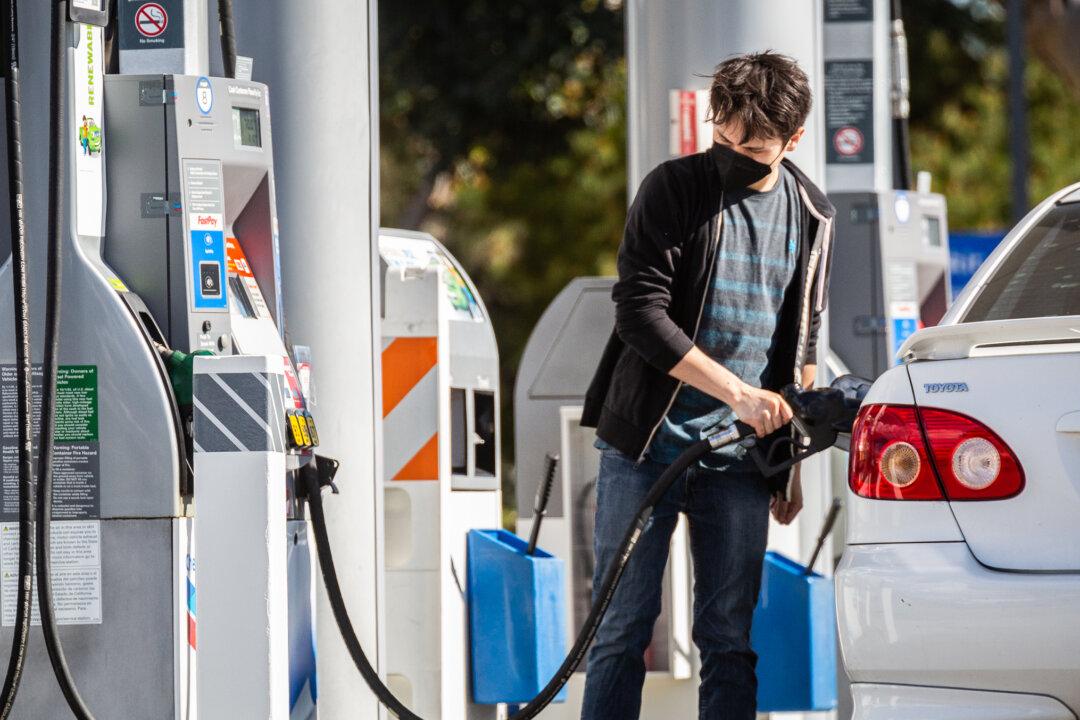The Russian invasion of Ukraine, on top of the refusal of OPEC nations to increase crude oil production, pushed February prices for Australian petrol prices in the five largest capital cities to an eight-year high.
The Australian Competition & Consumer Commission’s (ACCC) latest quarterly petrol report found that the daily average petrol prices in Sydney, Melbourne, Brisbane, Adelaide, and Perth was 182.4 cents per litre (US$5 a gallon) in late February.





